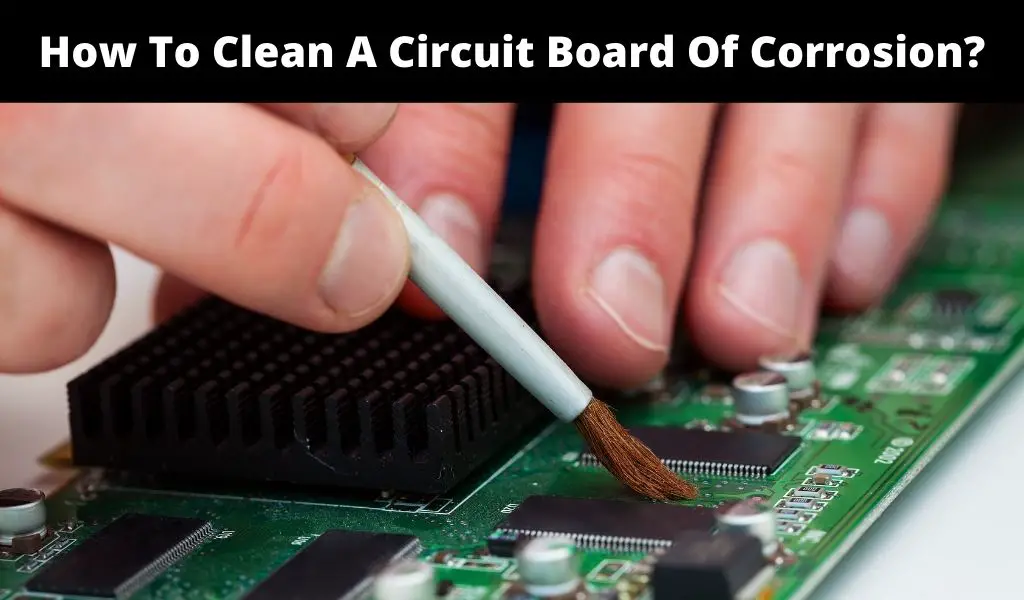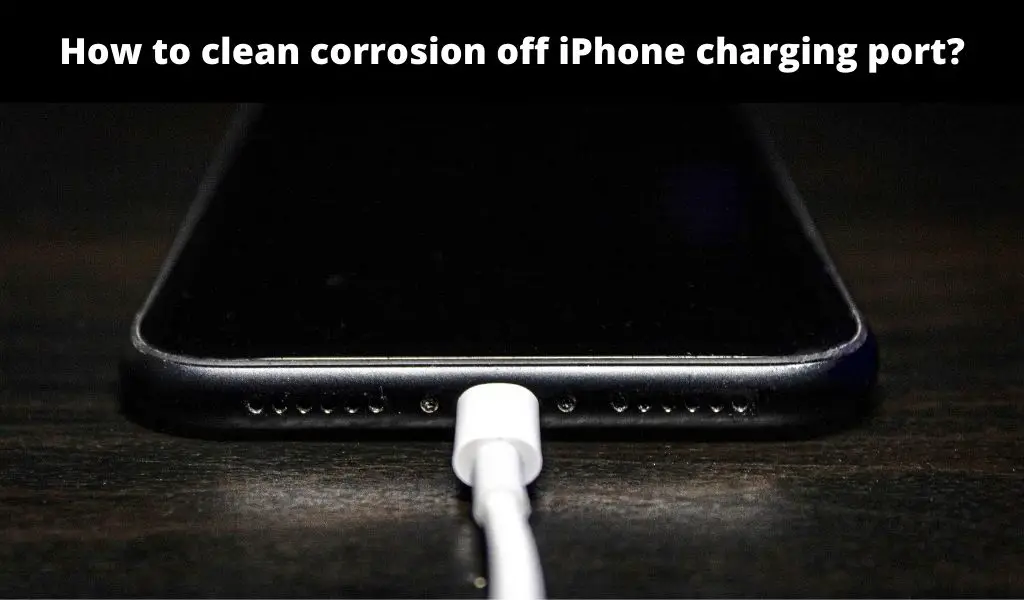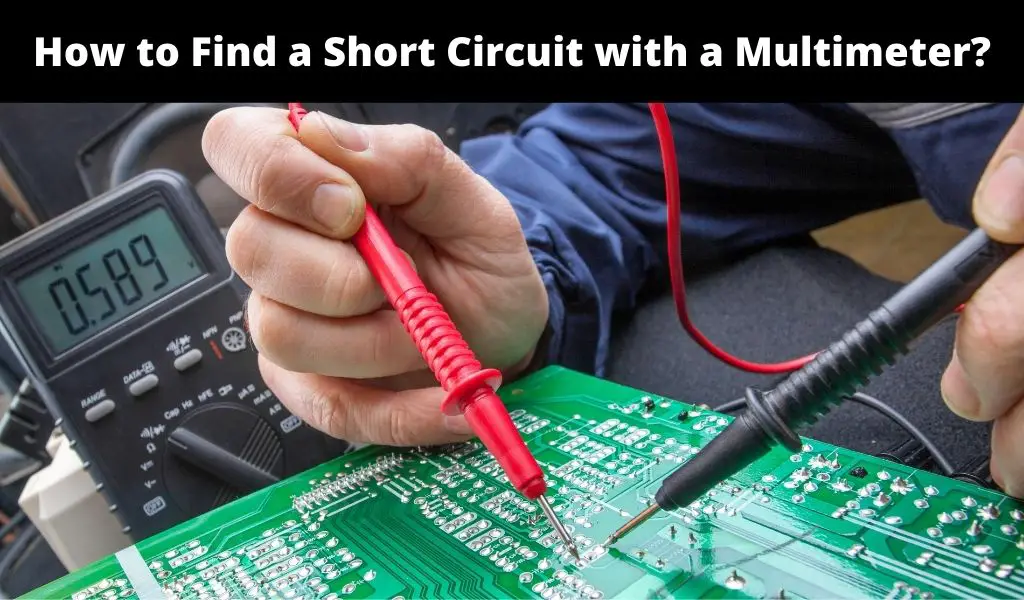We’re all aware that dealing with electrical components is no game. The possibility of undesired electrostatic discharge (ESD) resulting in injury, and even death in serious cases, means that every safety measure should be taken to help prevent such incidents.
It’s also important to ensure the safety of the electrical components you may be working with. Electrical parts can be very expensive, giving you an incentive to work carefully to protect them so you don’t have additional costs out of pocket. Even the slightest contact with ESD can render a computer part unusable.
What is an Electrostatic Discharge?
Electrostatic discharge (ESD) occurs when the electricity between two objects with different electrical charges suddenly flows between each other. This can result in either an electrical short or a dielectric breakdown. Some instances create sparks, and even loud noises in bigger ESD events. Often there may be no sign of ESD even though there was enough discharge to cause damage.
Even if you don’t work around tech, you’ve probably experienced an ESD shock before. Have you ever rubbed your feet on the carpet then experienced a shock when touching something made of metal or perhaps another person right after? This is a basic example of what an electrostatic discharge is.
How Can You Deal With ESD?
A common method used to help neutralize & reduce electrostatic discharge is through the use of antistatic devices. Not only does this protect electrical components, such as hard drives and circuit boards, from being damaged, it is also effective in the prevention of ESD igniting flammable liquids or gases in industrial settings.
The most common antistatic devices you’ll find are mats and wristbands. There are also antistatic bags, shoes, shirts, pants, bars, etc. Larger areas, such as factories and workshops, may require the use of an antistatic system to neutralize all objects within a specified area.
You may have seen an antistatic wristband before while watching a YouTube tutorial of someone building a PC. If you’re curious as to what an antistatic wrist strap is and why it’s so important, then you’re about to find out. We’ll be exploring the ins and outs of this safety gear to give you a better understanding of what they’re all about.
What is an Antistatic Wristband?
An antistatic wristband is a safety device used to prevent static accumulation, particularly around electronics. It is worn by the user to allow any static discharge to be redirected away from the electronics or equipment being handled.
Sensitive electronics are prone to being damaged and can even pose a potential threat when they come in contact with static. The wristband works by redirecting the static discharge through a cord, which then follows an antistatic mat (or another grounded conductor) to the ground. By redirecting the static, these wristband devices assist in properly grounding your body, balancing out any electrical charge differences between you and electrical parts.
Antistatic wristbands are made out of specific materials to give them their properties. Its fibers are typically made of carbon or carbon rubber and is attached to a metal strap. The strap itself is usually constructed of stainless steel. Most times an antistatic wrist strap is used in conjunction with an antistatic mat.
These bands are mainly manufactured in bright colors for enhanced visibility for the user as well as the people around them. Its fitting should be fairly snug while still being comfortable. A loose fit may not provide a good enough connection to the metal strap, resulting in improper conduction that could end up in an unwanted ESD reaction.
Why Should You Wear an Antistatic Wrist Strap?
If you find yourself often handling computer parts, then it would be very beneficial to use an antistatic wristband. For those who work in construction or an industrial setting, it may be a requirement to wear one of these devices. In such cases, you would need to wear one to comply with company rules and ensure your safety.
Like we mentioned earlier, even the smallest instance of ESD can result in damaged electrical components. This means additional costs out of pocket for new parts as well as needing to do the entire process all over again. Considering you can purchase an antistatic wrist strap for as cheap as $10 on Amazon, it’s worth a small investment to be proactive.
Do You Need an Antistatic Wristband?
Now that we understand the importance of antistatic wristbands, you may be wondering if you need to wear one. The answer varies depending on the circumstances. If you’re just handling some basic tech, such as USBs, outlet cords, power drills, then wearing an antistatic device won’t do much to protect you from any electrostatic discharges. This is simply because they typically don’t happen in those situations.
Some people believe that antistatic wrist straps are unnecessary. Many even swear by touching metal before working on electrical parts being enough to rid themselves of any static discharge. While there may be several ways to counteract ESD without antistatic devices, it is not all that reliable.
The fact of the matter is that a preventative measure is always better than none. Would you rather take a chance on your delicate motherboard becoming worthless scarp or wear a simple device on your wrist to immensely reduce the chances of that even happening?
How to Use an Antistatic Wristband
Using an antistatic wristband is not as simple as putting one on. There is a process you must follow to ensure electrostatic discharges are directed properly. There are a couple of ways to go about it. Let’s go over some guidelines.
Before Putting it on
A good measure to take is to touch a metallic plumbing pipe that is part of the building you’re in. This will help discharge any built-up static in your body. You can also do this by touching a power cord that’s plugged in while the power switch is off.
If possible, try to work on computer parts and circuit boards either early in the morning or at night time. This is because humidity levels are higher during these hours, reducing the chance for static to build up.
You may notice that your electrical components come in antistatic bags. While these are good at keeping parts free of static, you should never place the component directly on top of the bag. This can result in ESD, causing damage to your valuable parts. Try to place components on top of an antistatic mat or a piece of cardboard instead.
What do You Connect an Antistatic Wrist Strap to?
Before we get into the details of how to put on the strap, it’s essential to mention that there are two main ways to put it on when dealing with computer parts or circuit boards. These methods are known as bonding and grounding. We will illuminate more on these methods.
Bonding Method
The bonding method is meant to balance the electrical discharges between your body and a computer while avoiding potential damage. This is done through the following steps:
- First, you need to turn off your computer. Then turn off the power supply. While the power supply is off, press the computer’s on button to discharge any potential static from the machine.
- Put the antistatic wrist strap around your wrist, making sure the metal is touching your skin. Secure the strap for a snug, yet comfortable fit. The metal should stay in constant contact with your skin so the ESD can be properly redirected.
- Find the metallic clip, known as an alligator clip, located at the end of the wrist strap cord. This part needs to be connected to a petal part of your computer’s case, particularly metal that has not been painted.
- You are not ready to continue working on your computer and it’s sensitive components.
Grounding Method
This method can also be used while working on a computer as well as other types of electrical parts. Grounding dissipates ESD into the ground. Typically a grounding pin is placed into the outlet being used. Here is how you perform the method:
- Turn off your machine and turn off the power supply, like in the first step of the bonding method. Proceed to press the power button again to release any excess static.
- Wrap your wristband around your wrist, ensuring the metal is constantly in contact with your skin.
- Take the alligator clip of your wrist strap and attach it to an unpainted part of your power supply or the grounding pin.
How to Use an Antistatic Mat
An antistatic mat is another place to attach your antistatic wristband to. If you want to go with this method, then it’s best to purchase an antistatic mat and strap set for the best compatibility.
It’s worth mentioning that it is preferable to have both your mat and wristband grounded. However, if you are unable to reach a power source with your wrist strap, you can choose to connect it to an antistatic mat. Here is how you set it all up correctly:
- First, you must put your antistatic mat on top of a workbench surface. You can also place it on the floor if you are unsure.
- Ground the mat by connecting its cord to a power source, preferably an electrical outlet directly installed in the building you’re in.
- Place your electrical components on the antistatic mat. Any parts that are plugged in should be unplugged after being placed.
- Wrap the antistatic strap on your wrist, making sure the metal has consistent contact with your skin.
- Connect the wrist strap’s alligator clip to your antistatic mat.
- You are ready to safely handle your electrical components.
Conclusion
Having a better grasp of what ESD is and how you can combat it is important when you work around a lot of tech. Not only will the use of antistatic devices help reduce the damage of electrical components, but it will also keep you safe from potential injuries.
Once you get the hang of using your antistatic wristband, it will become a habit you never lose. By taking a simple preventative measure, you are ensuring your safety and well being. Now that you know how to use an antistatic wristband yourself, never allow a pesky ESD to ruin any of your electrical components!






